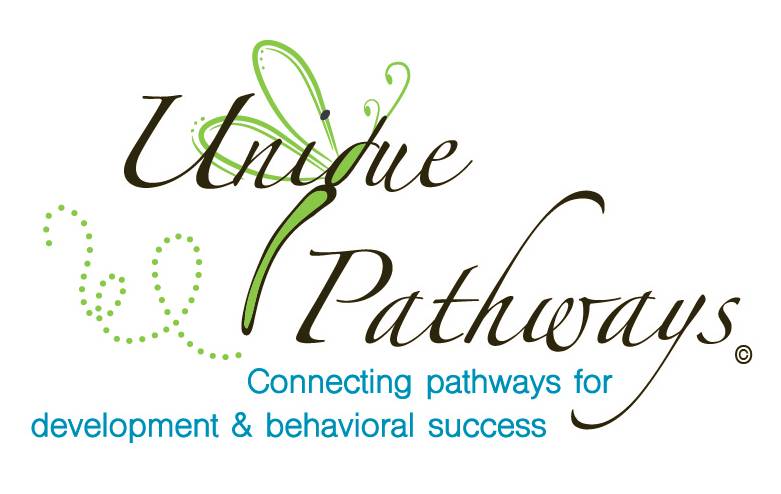Navigating the path of autism spectrum disorder (ASD) can be challenging for many families. Understanding autism and the critical role of early developmental screening can pave the way for transformative support and interventions that profoundly impact a child’s life.
Autism is a developmental disorder that varies widely in symptoms and severity. It is often characterized by challenges in social interaction, communication, and repetitive behaviors. The earlier the signs of autism are recognized and addressed through developmental screening, the better the outcomes for the child involved. Early screening not only helps in identifying children who might be on the autism spectrum but also guides parents toward the necessary interventions and resources.
Importance of Early Screening
Early identification of ASD is crucial. The first few years of a child’s life are a critical period for brain development. During this time, targeted interventions can significantly improve outcomes. By identifying developmental delays early, parents and professionals can work together to implement strategies that support optimal development and well-being.
Benefits of early intervention are numerous and can include improved learning abilities, better social skills, and decreased need for specialized services later in life. It’s about giving the child a strong foundation from which they can grow, learn, and thrive.

Key Screening Tools
A variety of screening tools are available to help parents and medical professionals identify early signs of autism and to provide a formal diagnosis. Here’s an overview of some of the most respected and widely used tools:
Modified Checklist for Autism in Toddlers, Revised (M-CHAT-R)
The M-CHAT-R is a parent-reported questionnaire specifically designed to identify children at risk for autism in the critical toddler years before they reach school age. This tool focuses on the child’s behavior and flagged responses are followed up with further evaluation.
Social Attention and Communication Surveillance, Revised (SACS-R) and SACS-Preschool (SACS-PR)
Developed for use in pediatric and early childhood settings, the SACS tools are observational and help in identifying children showing potential signs of ASD from as young as 12 months old. These tools are great for use in community settings by educators and healthcare providers.
Autism Spectrum Quotient (AQ) Test
The AQ Test comprises a series of questions designed to gauge the presence of ASD traits in school-aged children and adults. It assesses areas such as social skills, attention switching, attention to detail, communication, and imagination.
Unique Screening Initiatives: Social Challenges Screening Questionnaire (SCSQ) and Autism Response Team (ART)
The SCSQ is a newer tool that helps identify social and communicative challenges which are often indicators of broader developmental issues. Additionally, the Autism Response Team (ART) offers support and guidance post-diagnosis, helping families navigate the often overwhelming path that can follow an autism diagnosis.
The Screening Process
Understanding the diagnostic process for autism spectrum disorder (ASD) is important for parents and caregivers. This process involves several key components designed to thoroughly assess a child’s development:
Behavioral Evaluations
Behavioral evaluations are the cornerstone of autism diagnosis. These assessments are conducted by trained professionals and are designed to observe a child’s behavior in various settings. Through structured and unstructured activities, evaluators look for patterns of behavior that align with ASD criteria, such as difficulties in social interaction, communication challenges, and repetitive behaviors.
Developmental History Reviews
A comprehensive review of a child’s developmental history is another vital aspect of the diagnostic process. This typically involves discussions with parents about their child’s milestones and any concerns they’ve noticed in behavior or social interaction. It helps healthcare providers understand the full context of the child’s development, including any delays or atypical behaviors that may have emerged early on.
Role of Healthcare Providers
Various healthcare providers play integral roles in the diagnosis and ongoing management of ASD. Pediatricians often serve as the first point of contact and can guide families toward specialists like developmental pediatrician, child psychologist, and speech therapists. Each professional contributes differently, from initial screenings and referrals to specialized assessments and forming a comprehensive care plan.
Impact of Screening on Services Access
Early screening for autism has a profound effect on accessing educational and therapeutic services, which are critical for a child’s development. Identifying ASD early allows families to connect with services that provide specialized support, such as speech therapy, occupational therapy, and individualized educational programs.
The approach to screening can vary significantly by region, influenced by factors such as local healthcare policies, availability of specialists, and community awareness. This variation underscores the need for culturally sensitive screening methods that respect diverse backgrounds and ensure equitable access to diagnostic services. Culturally adapted tools and practices can help minimize disparities in the diagnosis process and ensure that all children receive the timely and appropriate support they need.

Technological Advances in Screening
Recent technological advancements, particularly in artificial intelligence (AI) and machine learning, are transforming the landscape of autism spectrum disorder (ASD) screening and early intervention services.
AI algorithms can analyze vast amounts of data quickly, identifying patterns that might be indicative of autism. For example, machine learning models can evaluate a child’s interactions and behaviors from video recordings, spotting subtle signs that may elude even trained professionals. This technology not only boosts the accuracy of diagnoses but also allows for remote screening, reaching families in underserved or rural areas who might not have easy access to developmental specialists.
Public Awareness and Education
Raising public awareness about autism and the importance of early developmental screening is crucial. Increased awareness can lead to earlier diagnoses, which are key to improving long-term outcomes for children with autism.
Strategies for Raising Awareness
-
Community Outreach: Collaborating with schools, pediatric offices, and community centers to distribute informative materials and host educational seminars can help reach a broader audience.
-
Media Campaigns: Utilizing social media, television, and radio to share stories and important information about autism can capture public interest and disseminate knowledge more widely.
-
Partnerships with Influencers: Engaging local and national influencers to discuss autism screening can amplify the reach and impact of educational efforts.
To improve the availability of screening tools, it is essential to advocate for policies that support universal screening practices. This involves working with healthcare systems and policymakers to ensure that every child has the opportunity to be screened at an early age. Additionally, training more medical and educational professionals in early autism detection and making culturally competent tools widely available will help ensure that all children, regardless of their background, receive the attention and support they need.
Empowering Families Through Awareness and Innovation
The journey of identifying and supporting children with autism spectrum disorder (ASD) is multifaceted, involving timely screenings, advanced technological tools, and comprehensive public education. Early developmental screening, enhanced by modern AI and machine learning, offers a beacon of hope, providing accuracy and broader accessibility.
By raising awareness and understanding among communities, we can ensure that all children receive the early interventions that are crucial to their development. Let’s continue to advocate for advancements in screening practices and educational outreach to build a more inclusive and supportive society for individuals with ASD and their families.
Additional Resources:
Austism Response Team: https://www.autismspeaks.org/signs-autism
M-CHAT-R: https://www.autismspeaks.org/screen-your-child
SACS Tool: https://www.latrobe.edu.au/otarc/research/autism-detection-diagnosis/social-attention-communication
SCSQ: https://autismcenter.org/social-challenges-screening-questionnaire/









